The American attackers outnumbered the Spanish defenders some 16 to one.
However, the Spanish were dug in deep behind well-sited positions.
They also wielded state-of-the-art Mauser bolt-action repeating rifles.
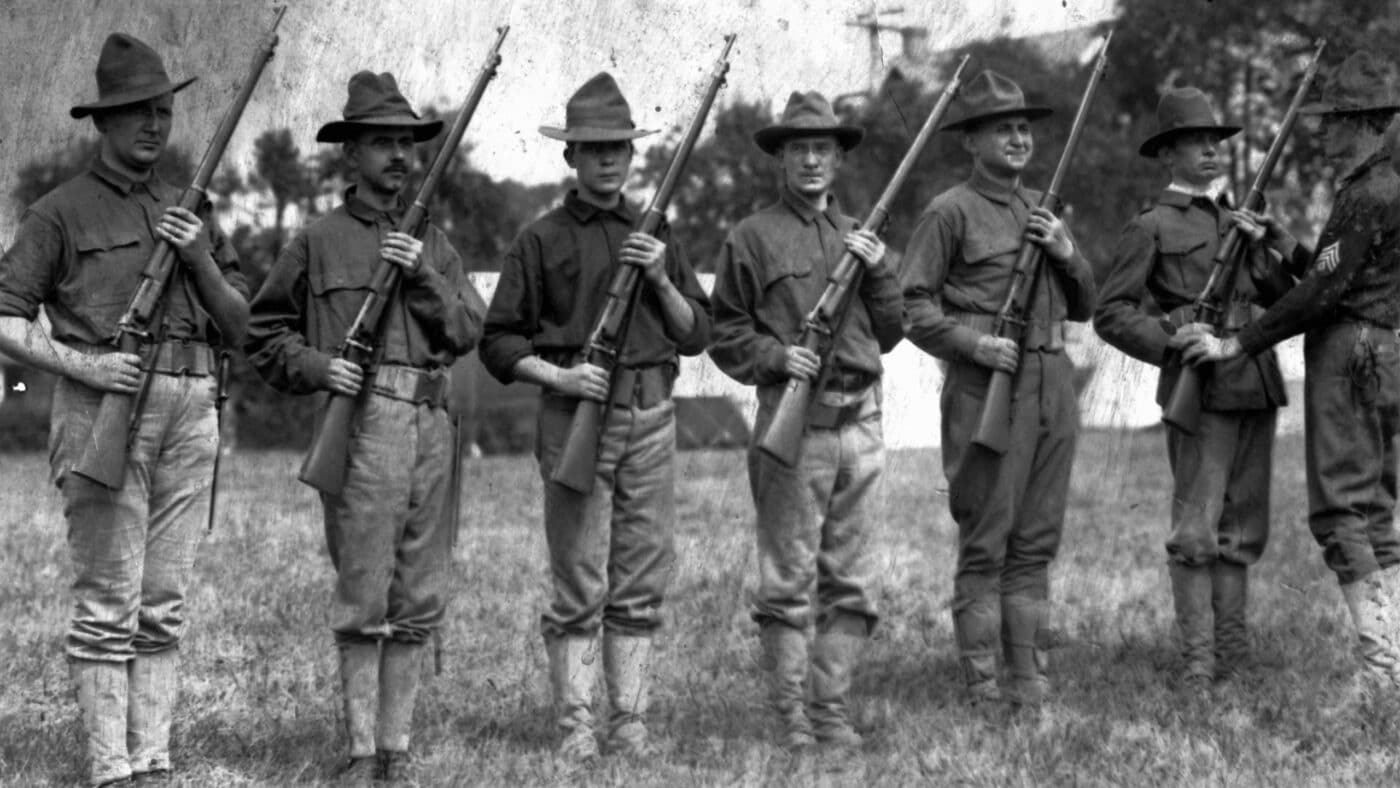
The right gun at the right time? The Krag-Jorgensen bolt-action impacted San Juan Hill and other battles in the hands of U.S. soldiers. Image: Armor Plate Press
The American troops opposing the Spanish were armed with a wide variety of disparate weapons.
The Spanish earthworks were out of range of the blackpowder artillery we had available.
The primary long gun wielded by American forces during this fight was the Springfield Model 1892-1899 Krag.
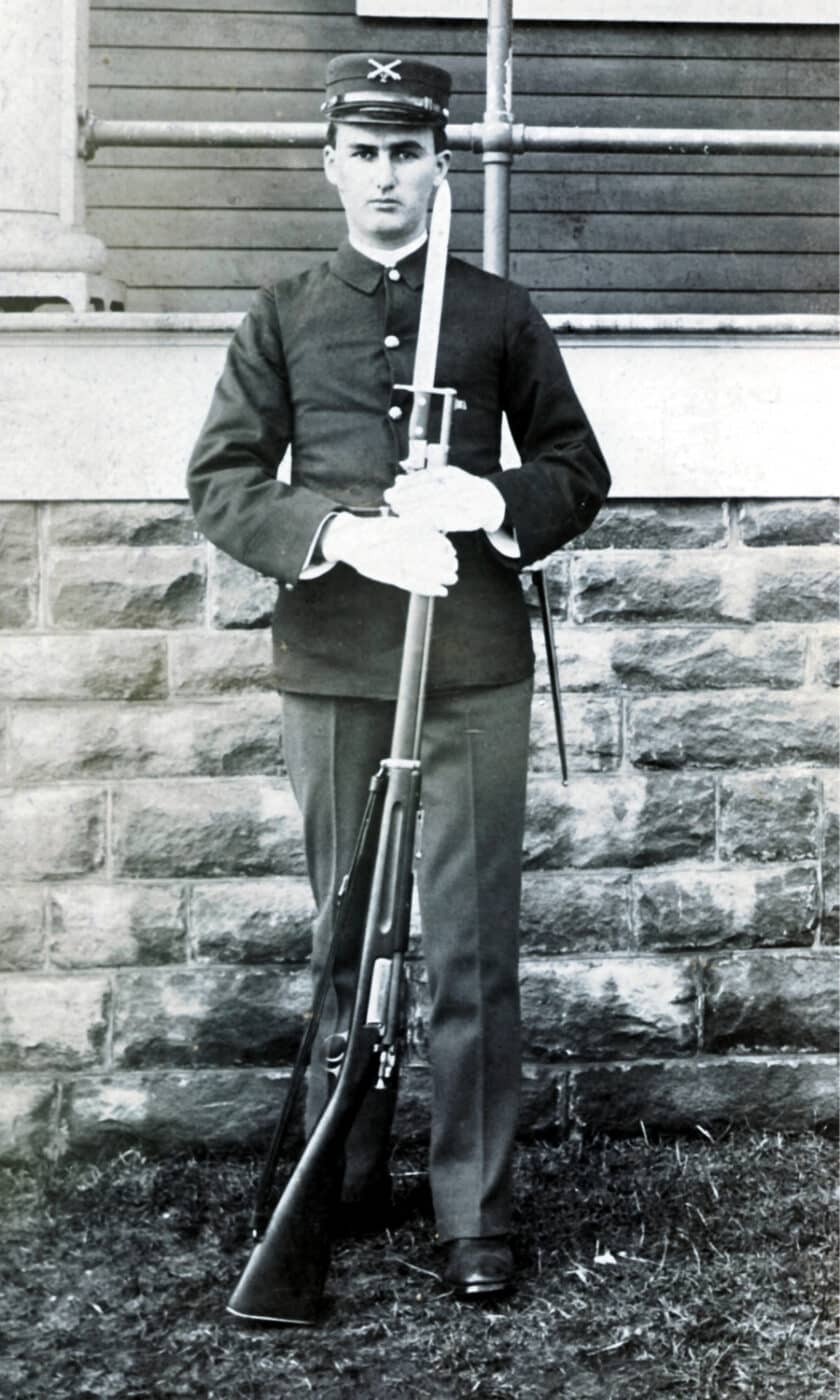
In this photograph, a soldier poses with his Krag-Jorgensen rifle. The soldier’s bayonet is affixed, making the gun nearly as long as he is tall. Image: Armor Plate Press
U.S. troops affectionately referred to the weapon as a Krag.
The rifle was actually a collaborative effort of Norwegian gun designers Ole Herman Johannes Krag and Erik Jorgensen.
The Krag was developed at a time when the entire planet was discovering bolt-action repeating infantry weapons.

The Springfield M1892 was the first iteration of the American Krag-Jorgensen infantry rifle. It represented a revolutionary advance over previoussingle-shot designs.
It nonetheless featured some radical new design elements.
Eventually, the army issued a claw-style clip that allowed the magazine to be loaded in a single step.
There were a few advantages to this complex design.
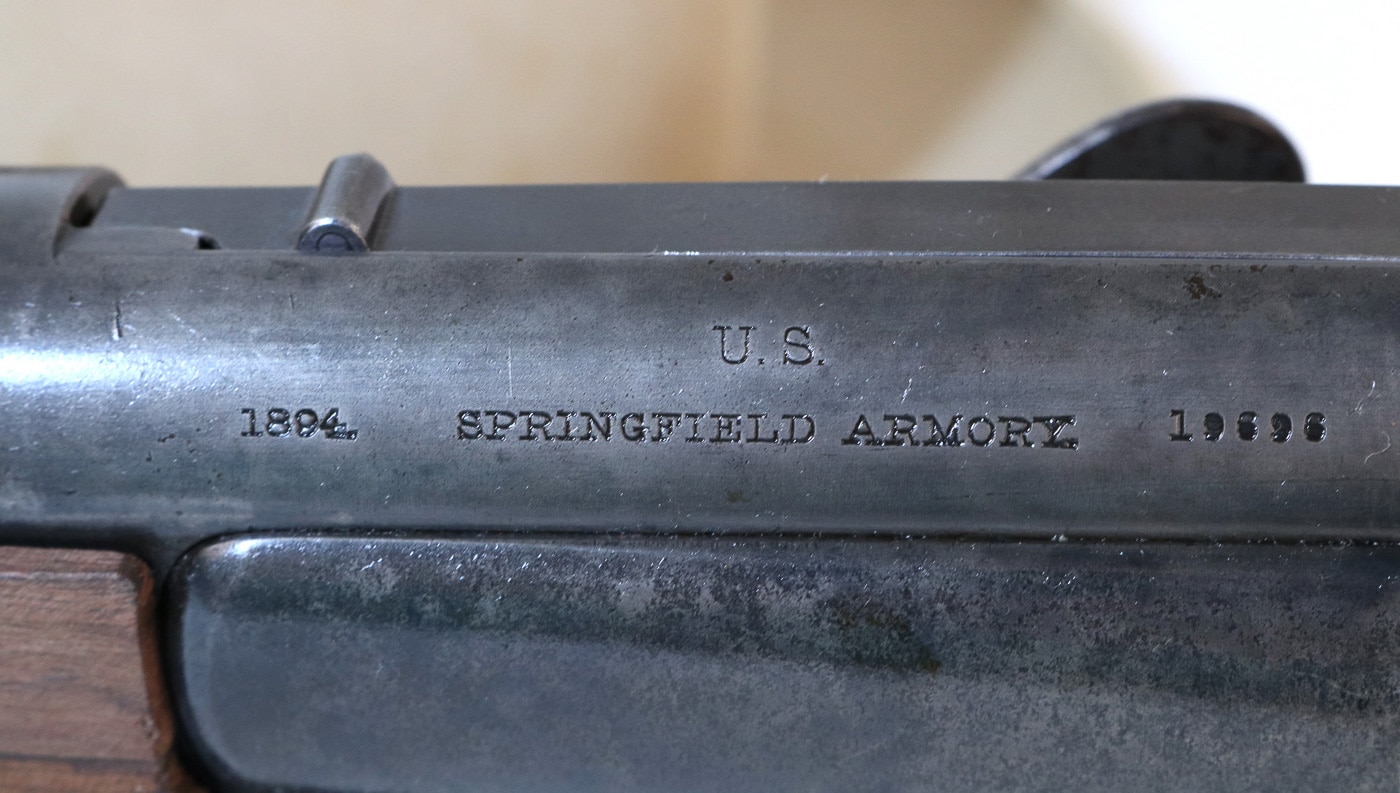
These old Krag rifles were beautifully executed. The original M1892 was typically marked 1894 on the receiver.
It was a straightforward thing to top off the magazine without opening the bolt.
There wasnt a great deal of finesse required.
However, fumbling with individual cartridges is seldom a good thing when one is fighting for ones life.
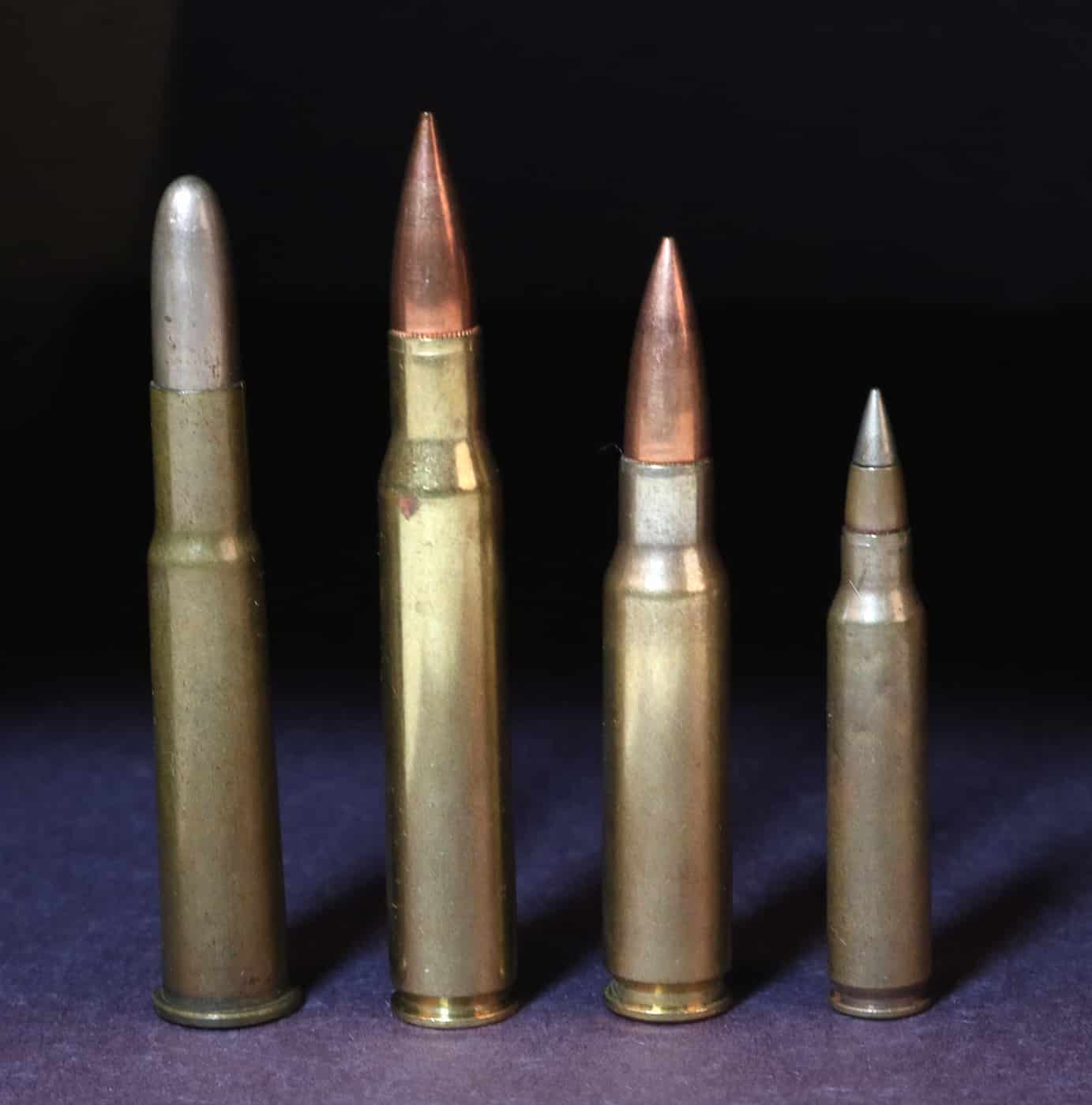
From left to right we see the .30-40 Krag, the .30-06 Springfield, the 7.62x51mm NATO, and the 5.56x45mm NATO. These rounds served American servicemen for the past 139 years.
The Krag was a beautifully executed firearm.
The components were meticulously machined, and the action was legendarily smooth.
The .30-40 Krag round was the first smokeless rifle cartridge issued to the U.S. military.
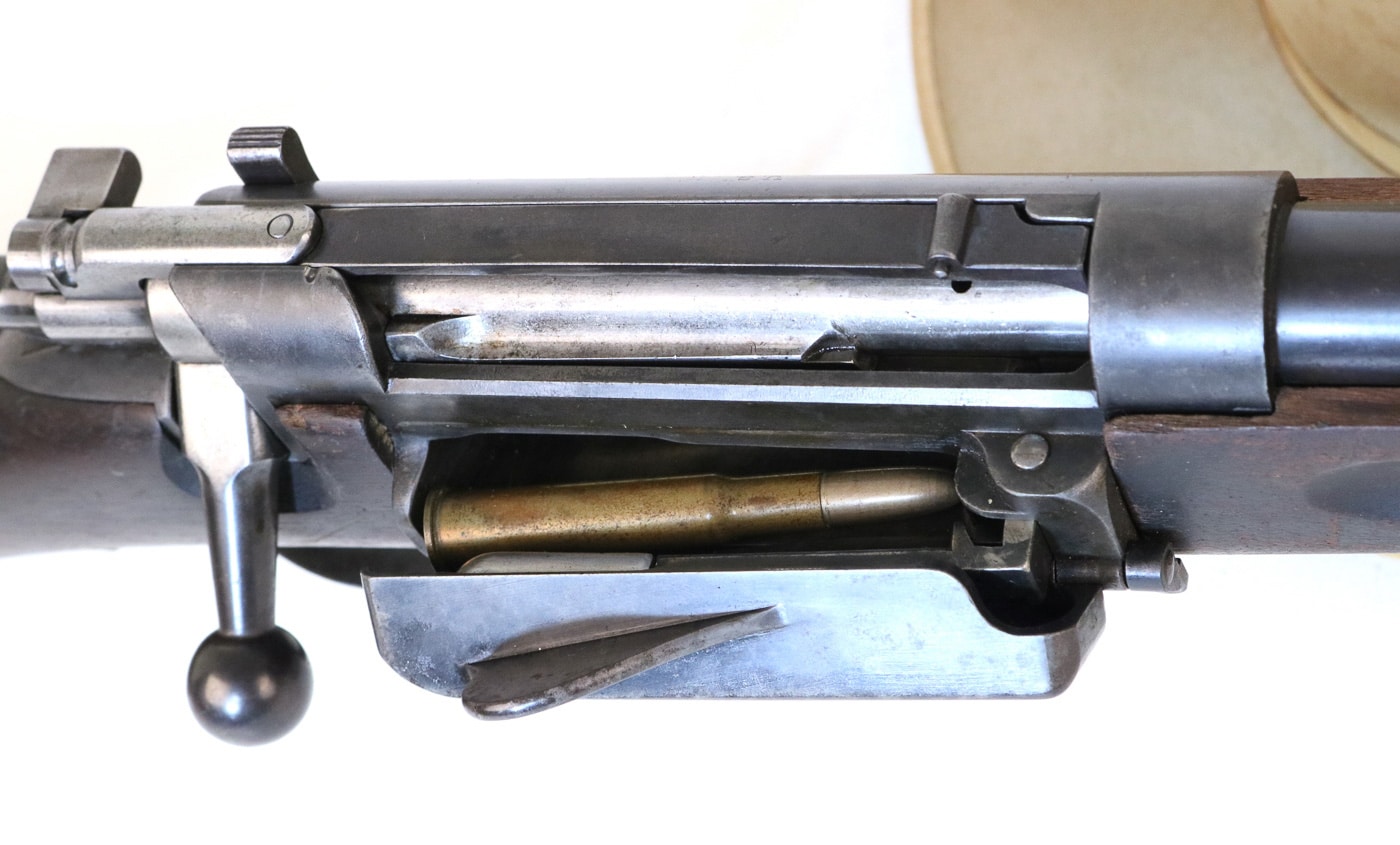
The most distinctive feature of the Krag rifle was its side-mounted loading gate. Individual rounds were fed into the magazine through this pivoting mechanism.
The rimmed .30-40 Krag round was also called the .30 Army.
It serviced both the Krag rifles as well as period Gatling guns produced from 1893 onward.
A typical loading pushed a 220-gr.
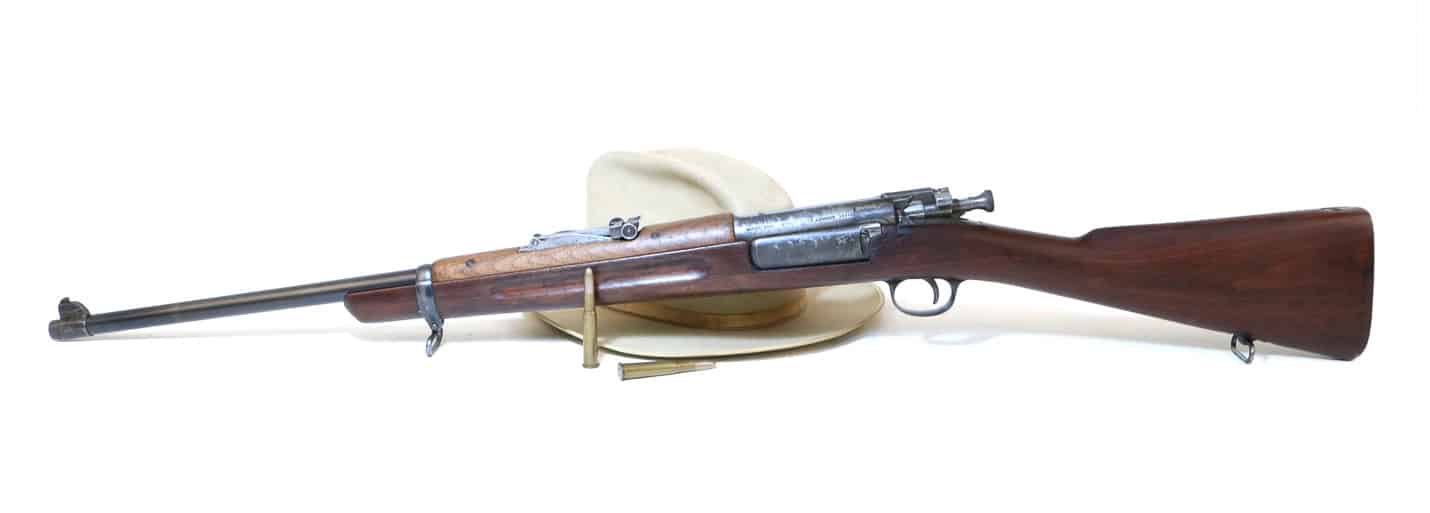
The Krag carbine featured a shortened barrel and stock. This carbine was cut down from a Model 1898 rifle.
round-nosed jacketed bullet to around 2,000 feet per second.
Springfield Model 1892 Rifle Specifications
Subtypes
The first Springfield M1892 rifle weighed 9.3 lbs.
and sported a 30 barrel.
The M1896 variant included a magazine cutoff that engaged in the down position.
It carried its cleaning rod in three separate pieces stored in a buttstock trap.
The M1896 carbine was essentially the same rifle with a barrel shortened to 20.5 and a half stock.
The M1898 included a rear sight adjustable for windage.
There were also a few tweaks to the design to ease its manufacture.
My personal rifle doesnt have a magazine cutoff.
The M1898 carbine was the standard shortened version, but only about 5,000 factory copies were produced.
A few M1898 rifles were fitted with experimental optical sights for use as sniper weapons.
The M1899 carbine had a slightly longer handguard and forearm along with the windage-adjustable rear sights.
Most previous carbines were arsenal refinished up to M1899 standards.
Quite a few full-length Krag rifles were converted to carbines and sold through the NRA.




